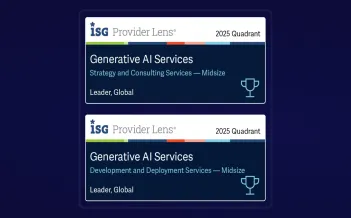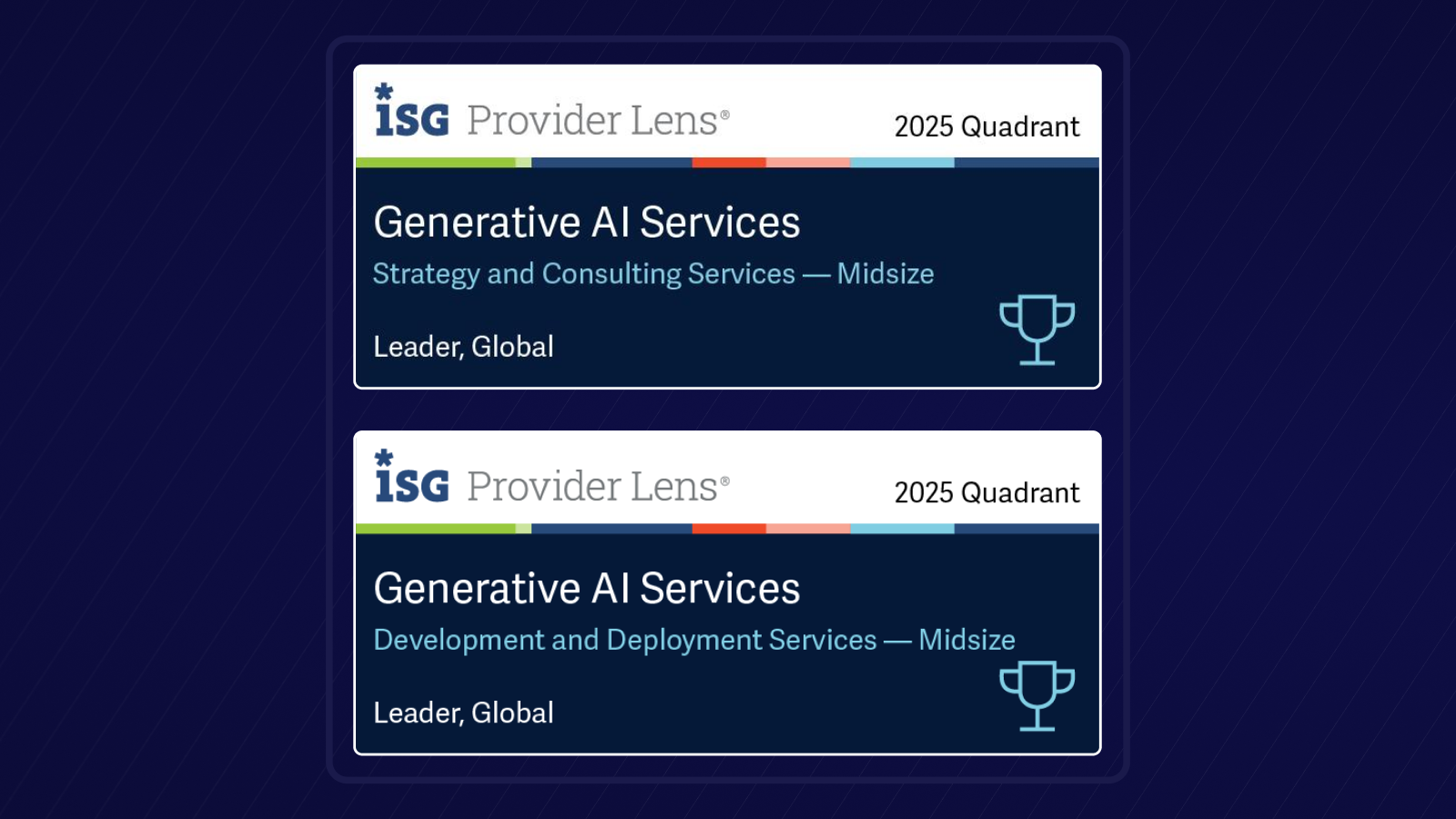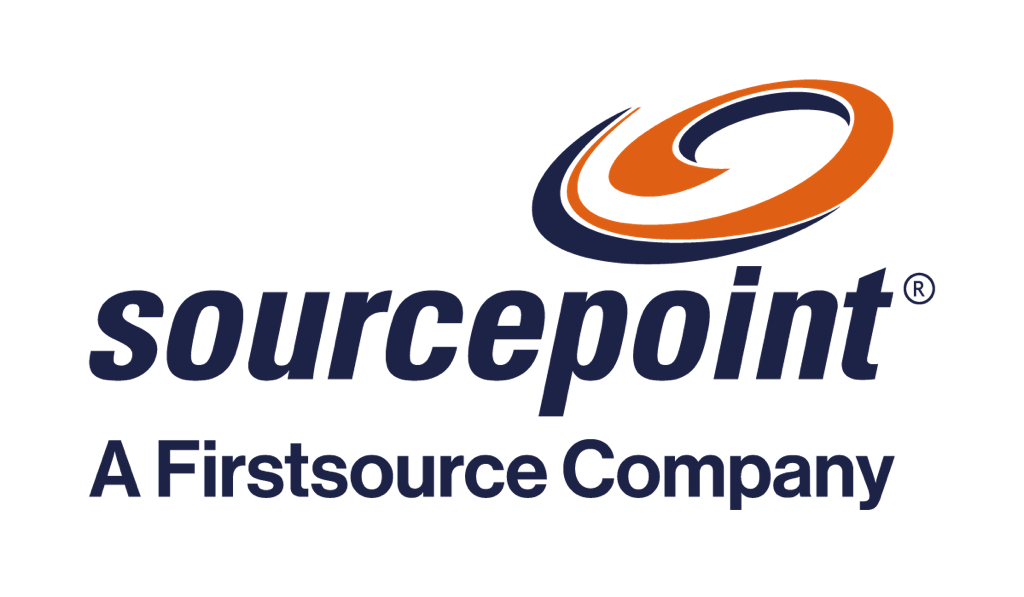Every day we see and hear heartbreaking stories from around the world about the pandemic pressing front-line hospital staff to the brink. Much less visible are the hospital staff on the backend working tirelessly to keep hospitals afloat financially.
Hospitals are under an extraordinary amount of financial strain. Even before the pandemic struck, uncompensated care rates were already rising due to higher deductibles, aging patient populations and rising drug costs, stretching to $41.6 billion in 2019, up from $36.1 billion in 2015, according to American Hospital Association.
Now, matters are much worse.
We don’t have 2020 numbers yet for the amount of uncompensated care. However, we can safely assume we’ll see a dramatic increase in rates, given the combination of demand spikes for crisis care, massive unemployment and a drop in elective procedures.
Information is the lifeblood of a stronger balance sheet for hospitals and a better financial experience for patients
If hospitals don’t survive financially, everyone suffers. They have to work to recoup costs. The challenge is they often don’t get sufficient information early enough from patients to make an accurate determination about the patient’s propensity to pay.
Hospitals then waste valuable time and resources using manual tactics to target patients with the wrong communications, placing unnecessary strain on staff and stress on patients.
Some patients might not need a call while others might need a payment plan or qualify for Medicaid, COBRA or Auto Insurance for example. Some patients are at the hospital as a result of an accident that will generate a worker’s comp claim and others have secondary insurance.
Or maybe the patient is in a situation that will make it impossible for the hospital to recover funds.
Marry internal and external data and apply Machine Learning for more precise propensity to pay predictions
From the first patient interaction, hospitals should collect all the relevant information available to assess the patient’s capacity to contribute to the cost of their care. Do the patients have secondary insurance? Were they involved in an accident? What is their income level? Do they potentially qualify for Medicaid? Do they qualify for charity care?
From here, Machine Learning (ML) can give hospitals an even sharper edge in revenue cycle management. The hospital can marry intake information with other patient data–such as patients’ socio-economic data, length of stay–to deepen the hospital’s understanding of the financial support the patient might need, if any.
Analytics can be leveraged to identify alternate funding sources for hospitals to collect for the services even before they contact the patients for the balance. ML algorithms can reveal patterns that predict propensity to pay with much more precision, well beyond basic credit bureau data.
Handpicked Related Content
Rural hospital business office transformation : Top 3 focus areas
Financial patient profiles empower hospitals to provide patients a more personalized, compassionate experience
While talk of crunching data about patients might sound cold, it’s actually the opposite. A personalized picture of the patient’s financial situation can help hospitals provide patients with a much more compassionate experience.
For example, instead of hounding patients with intrusive phone calls, hospitals can approach patients only after all sources of funding are exhausted. Additionally, hospitals can provide patients with a user-friendly digital approach to determine Medicaid eligibility.
Or, if a hospital can determine early on that no amount of outreach will result in payment, the hospital can write off the services rendered and move on, spending more resources on patients who are better positioned to pay.
Hospitals are bearing the financial brunt of an extended healthcare crisis. The physical and mental well-being of hospital staff and patients are at stake. Analytics is a potent antidote.
Hospitals that gain a more complete snapshot about the propensity of patients to pay can preserve resources, recoup more costs and provide patients with a personalized, compassionate experience.
Featured Resource
Download our whitepaper Intelligent Automation: Smart operations for the next wave of Healthcare Providers. The paper highlights the challenges confronting Providers in the Covid era and offers insights into how Intelligent Automation can help create a flexible and agile Revenue Cycle Management (RCM) function.










